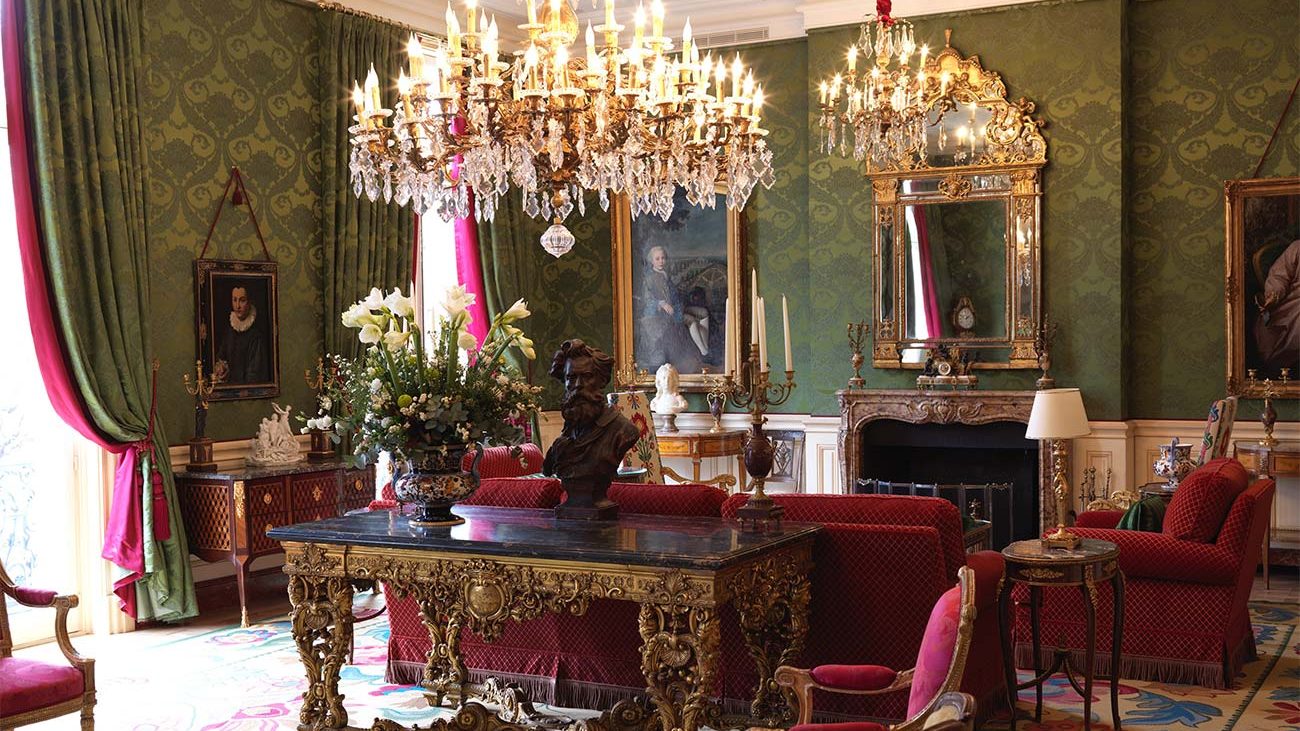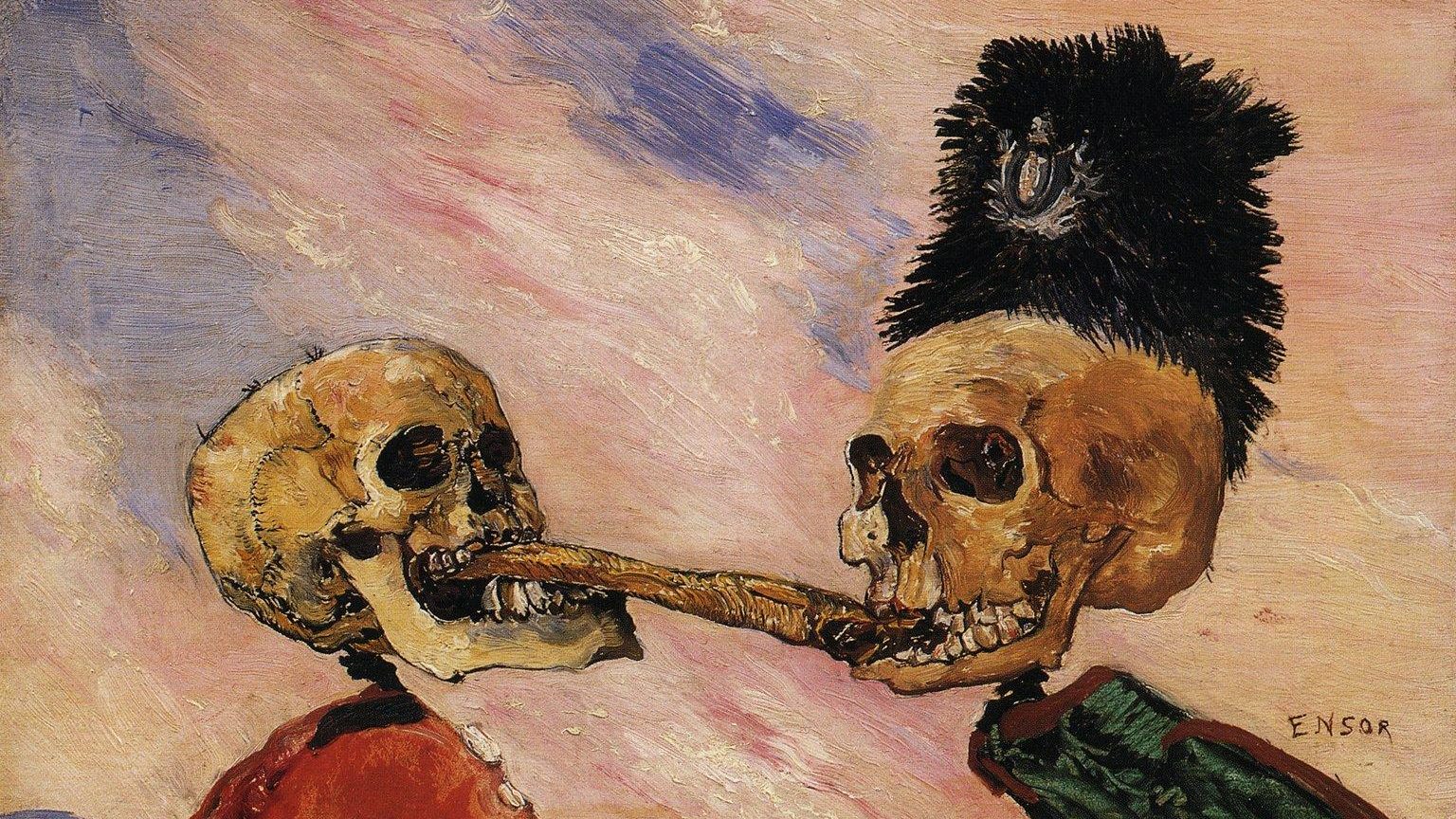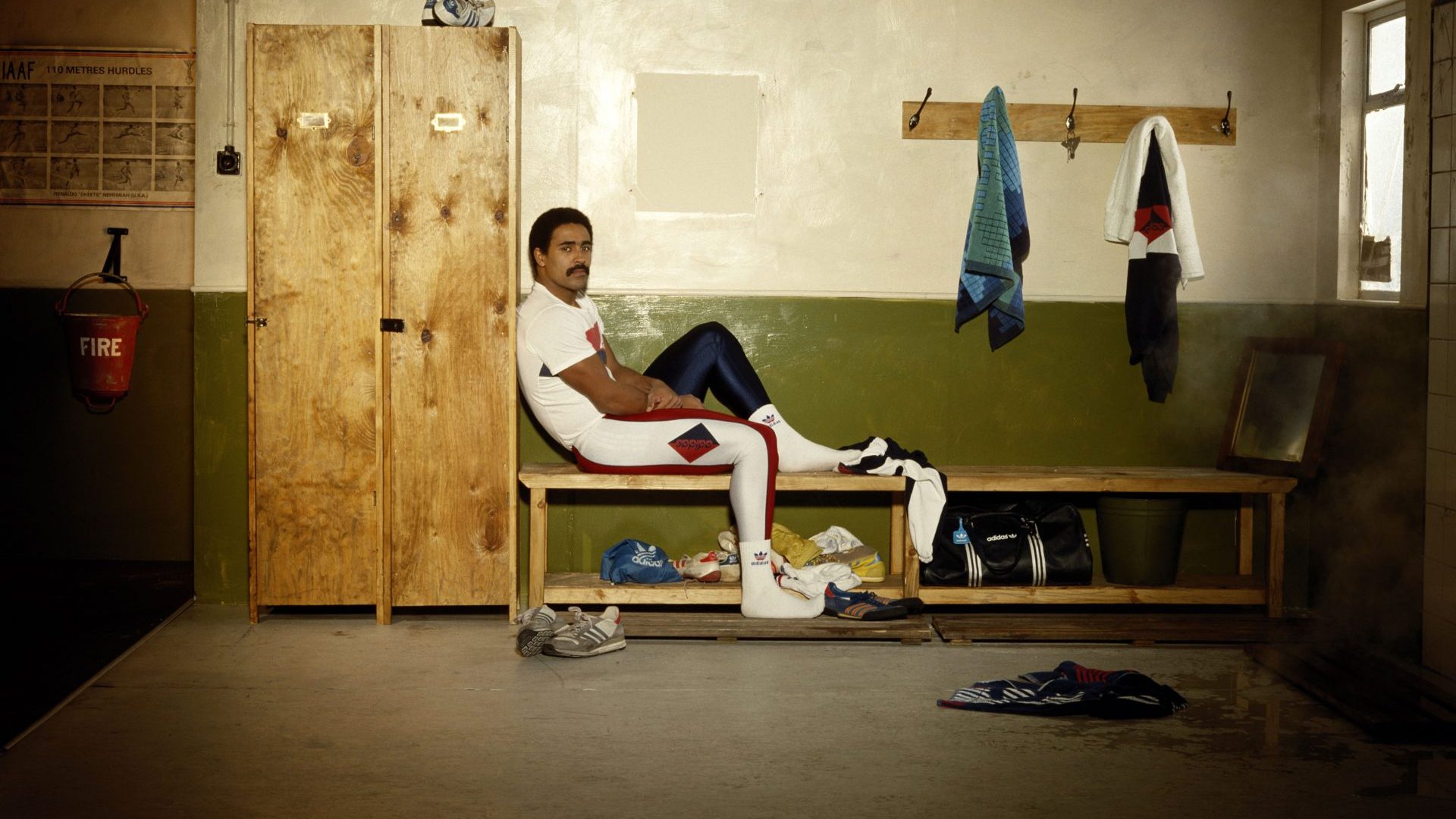The Olympics are beginning in Paris, home to gout and beautiful revelry. As the athletes among us run, swim, cycle and sweat, crowds will drink little coffees and smoke cigarettes on warm terraces; they will stroll from bookshop to bookshop carrying baguettes; and they will eat steak frites and drink heavy red wines before dancing into the night like Owen Wilson.
The last time I was in Paris, it was to visit Le Clarence, a restaurant so ornate, so grand, it feels pre-revolution. It has two Michelin stars and is found in a 19th-century mansion on avenue Franklin D Roosevelt in the 8th arrondissement, a part of Paris known as the Golden Triangle, delineated by avenue Montaigne, avenue George V, and avenue des Champs-Élysées.
Ahead of dining I wandered around Paris’s historic exhibition and event hall, the Grand Palais, an art nouveau masterpiece built in steel and glass for the 1900 Universal Exposition, and the subject of a £466m, three-year renovation. For the first time since 1937, people are again able to walk straight through beneath the nave, under the largest domed roof in Europe. Throughout the Olympics, it will host fencing and taekwondo. And it is spectacular – a building from a bygone era, one you might imagine crowds flocking to at the beginning of the apocalypse. I have not seen anything like it.
Le Clarence, a five-minute walk away at the Hotel Dillon, is magnificent too, a French château transposed to the city, plush with velvet, sparkling chandeliers, walls of blushed pink and gentle green and cabinets that would turn even David Dickinson pale with envy. Its proprietor, HRH Prince Robert of Luxembourg, opened the restaurant in 2015 to complement Château Haut-Brion in Bordeaux, where he oversees the production of wine I would drink regularly if I could afford to.
Le Clarence trades in Parisian fine dining in its purest, truest form in matters of service and personality, but the food conjures a rare sort of modernity – a brackish nod to Noma while staying within the parameters of classic French hospitality. I ate raw cuttlefish, appearing as spaghetti, with bottarga, jalapeño juice and lovage powder, before cockles with quince.
Later came red mullet carpaccio, clams with chorizo, ceps with cod tripe, John Dory with a fried sardine backbone, shrimp with a pig’s ear; all in all, 20 courses of inventive, fairly mad cooking, save for the main course of lamb with dauphinoise potatoes and béarnaise.
I’ve eaten a lot of food over the years but Christophe Pelé, the chef, reaches into a magician’s hat. How might the backbone of a fish ever become a pleasing mouthful? We should be making better use of these ingredients and no doubt we would if more people knew how to cook like Pelé.
Yes of course it comes at a price, but there is a lunch offering for €130, which is about £109. If you can afford a treat, it will make you feel like you’re stepping back in time.
Down the road is Le Bistrot Paul Bert, one of numerous traditional Parisian bistros and one of the most famous. Anthony Bourdain used to go. There is even merchandise.
I adore it because it is the perfect example of a wood-panelled Parisian bistro: charming in its simplicity, a little rough, waiting staff who are polite but judgmental and terrifyingly efficient. And cheap wines, expensive wines, wines that are probably overpriced and bargains for the locals.
Tourists flock here, but so do the French. I’m just sad Jim Broadbent and Lindsay Duncan didn’t eat there in Le Week-End (they went to Joséphine Chez Dumonet instead, which is also enjoyable).
Anyway, do not spend so much you get down and out in Paris. Get the prix fixe: €26 for two courses and €36 for three. The steak frites come in a cognac and peppercorn sauce. Possibly the best of its kind.
I was going to finish by talking about my favourite crêperie, one that uses butter made by an improbably emotional Frenchman. Alas, I’ve run out of space.
Next week. Au revoir!




